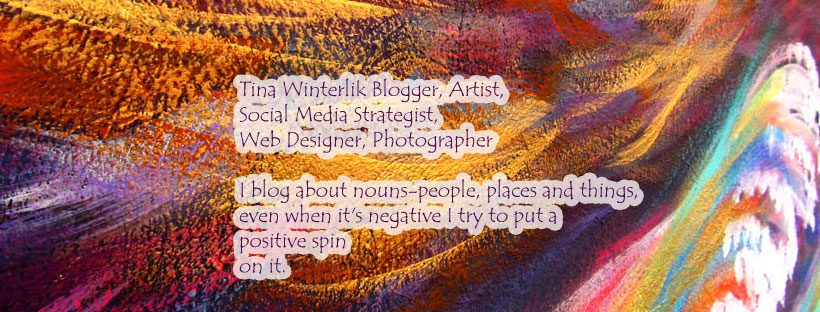In times of rising inequality and frustration with the current economic system, it’s only natural to want to find creative ways to express protest. But as we brainstorm ideas to make our voices heard, we need to be thoughtful about the messages we're sending and the cultures we’re referencing.
One suggestion that came up was using voodoo dolls to represent billionaires as a form of protest. While the idea of symbolically “poking” at the ultra-wealthy might sound appealing, here’s why this approach could do more harm than good—and some powerful, alternative ways to channel that protest energy.
1. Cultural Appropriation and Misrepresentation
Voodoo dolls are deeply tied to Haitian Vodou and other African spiritual practices that have been widely misunderstood and misrepresented. In popular culture, the voodoo doll has often been reduced to a stereotype of magical revenge, but this is far from the truth. For many, Vodou is a sacred practice that deserves respect, and using these symbols in a protest could perpetuate harmful stereotypes. Instead of appropriating cultural imagery, let’s find ways to keep the focus on the real issue: inequality and exploitation.
2. Mixed Messaging
While we might see voodoo dolls as a symbolic gesture against corporate greed, others could easily misinterpret it as promoting violence or harmful intent. Protest art works best when it brings people together and communicates a clear message. Voodoo dolls, because of their long history and spiritual significance, are likely to send mixed signals. The last thing we want is to distract from the core issue of economic injustice by sparking debates about cultural sensitivity.
3. Alternatives That Carry the Message Better
The goal of protest is to raise awareness, create change, and unite people around a common cause. Thankfully, there are plenty of creative alternatives that achieve this without crossing cultural lines. Here are a few ideas that can make just as big of a statement:
Piñatas of Billionaires: Piñatas can be a fun and symbolic way to represent the hoarding of wealth. Breaking them open in a public setting could represent redistributing resources that are unfairly kept out of reach by the ultra-wealthy. Fill them with monopoly money, fake coins, or symbols of corporate greed for a powerful protest visual.
Satirical Caricatures: Political cartoons have long been a tool to critique the powerful. Creating exaggerated caricatures of billionaires—hoarding money, gold, or exploiting resources—can send a clear message about corporate greed. These images can be shared on social media, used as signs in protests, or even turned into larger installations.
Protest Puppets: Large puppets in street protests are powerful visuals that catch attention and convey meaning. Puppets could symbolize billionaires as puppet masters controlling governments or financial systems. This interactive form of protest invites people to think about the power dynamics at play.
Interactive Installations: Protest art installations, such as creating “Cages of Greed,” are an effective way to show how resources are locked away by the wealthiest 1%. These cages can hold symbolic items, like fake money or food, representing the way billionaires control access to basic needs. Protesters could symbolically “free” the items during the demonstration.
Shadow Figures: Projected shadow figures during a protest create haunting and abstract visuals of corporate greed. These figures could be projected onto buildings, towering over people to show the overwhelming presence of wealth and power in our society. It’s symbolic without directly attacking cultural or spiritual symbols.
4. The Message We Want to Send
At the end of the day, protests are about creating awareness, sparking conversation, and pushing for change. The tools we use should amplify our message, not create unnecessary distractions. Instead of using symbols that could offend or misrepresent sacred cultural practices, we can be just as bold, creative, and impactful with alternatives that keep the focus where it belongs—on systemic inequality and the hoarding of wealth by billionaires.
By choosing symbolic protest tools like piñatas, puppets, or installations, we invite people to engage in the conversation about wealth inequality without risking cultural harm or misunderstanding. Let’s keep the message clear and powerful: the system is broken, and it’s time for change.

No comments:
Post a Comment